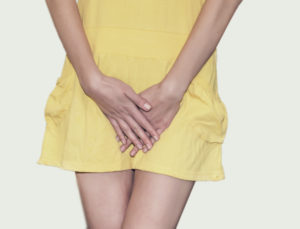
It is true that the older a woman gets, the more likely she is to experience urinary incontinence. Although it can take hold at all ages to varying degrees, it affects approximately 50 percent of middle-aged women and 75 percent of older ones.
There are two main types of urinary incontinence. Stress urinary incontinence is when urine releases during a muscle contraction caused by physical activity, coughing, and sneezing.
The other is an overactive bladder, marked by strong urges to empty the bladder with or without leakage. It may result in nighttime awakenings to run to the bathroom.
So, what can you do about this issue? There are a few ways that you can address urinary incontinence and bladder control to improve your quality of life.
The first thing to do is rule out the possibility of a bladder infection. Bladder infections can lead to urine leakages or urges to go to the bathroom, so looking into this is a great place to start. Your doctor can provide a urine test to come up with a diagnosis.
It is also a good idea to monitor water consumption. The more water you drink, the more often and intensely you may have to urinate. If you’re sipping all day and urine is always clear, cutting back on water might help.
The best way to get a handle on urinary incontinence may be exercises targeting the pelvic floor, commonly referred to as Kegels. A couple of exercises to try include sustained contractions and quick flicks.
Sustained contractions involve holding and squeezing bladder/pelvic muscles, working up to a goal of 10 seconds. Quick flicks are a quick contraction and release that lasts one or two seconds.
Doing a set of five quick flicks as soon as the urge hits can help the bladder relax, avoid a leak, and provide a little extra time to get to the bathroom.
In the meantime, wearing incontinence pads can help prevent the appearance of leaks. Avoid using menstrual pads, which can irritate the skin and lead to even more discomfort.
Although urinary incontinence does affect women more frequently as they age, it is a manageable and treatable condition.